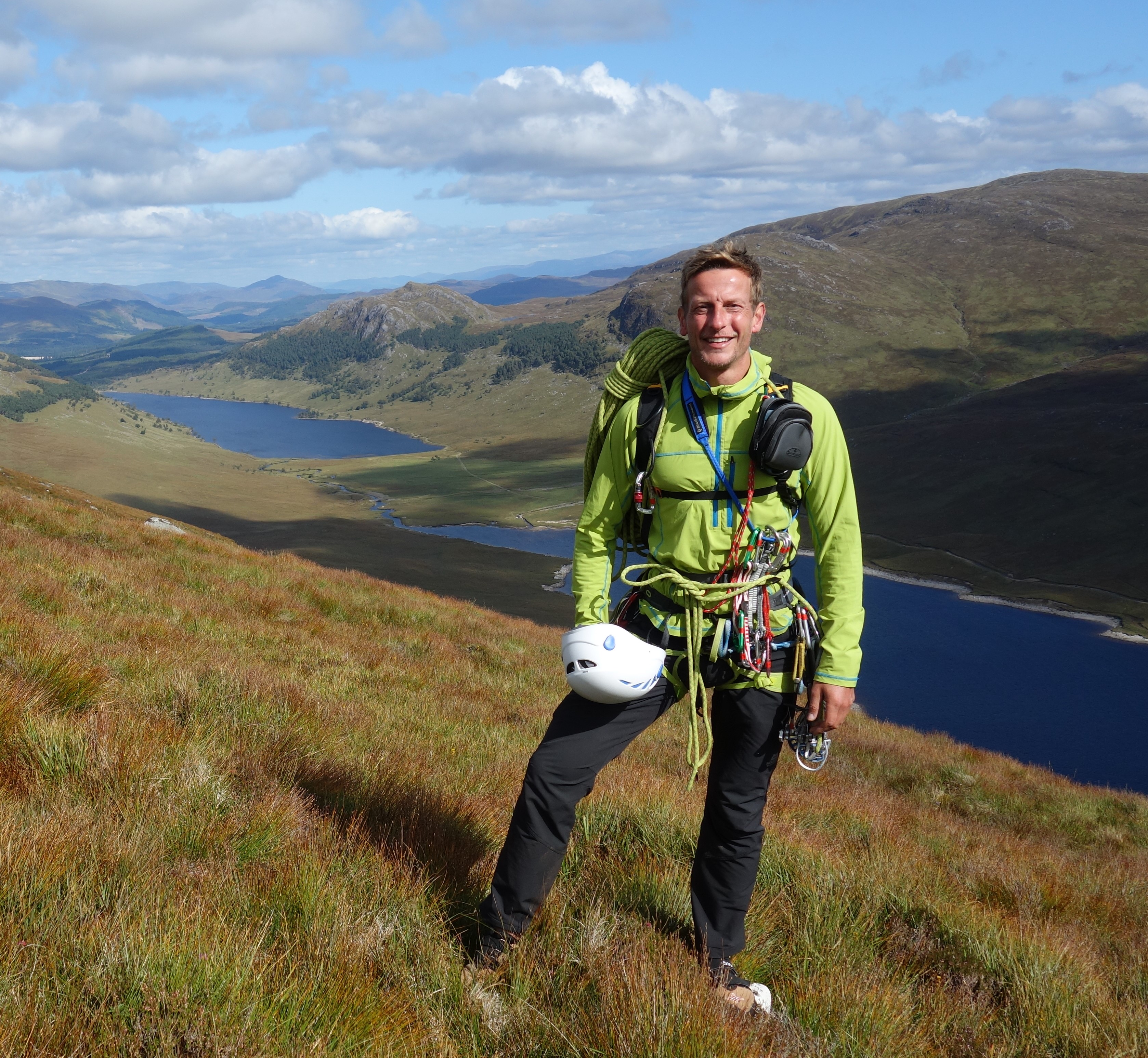How to purify water in the wild: 6 methods to avoid an upset tummy in the backcountry
Our guide on how to purify water in the wild reveals 6 methods of removing water-borne nasties from water taken from wild sources when hiking and camping
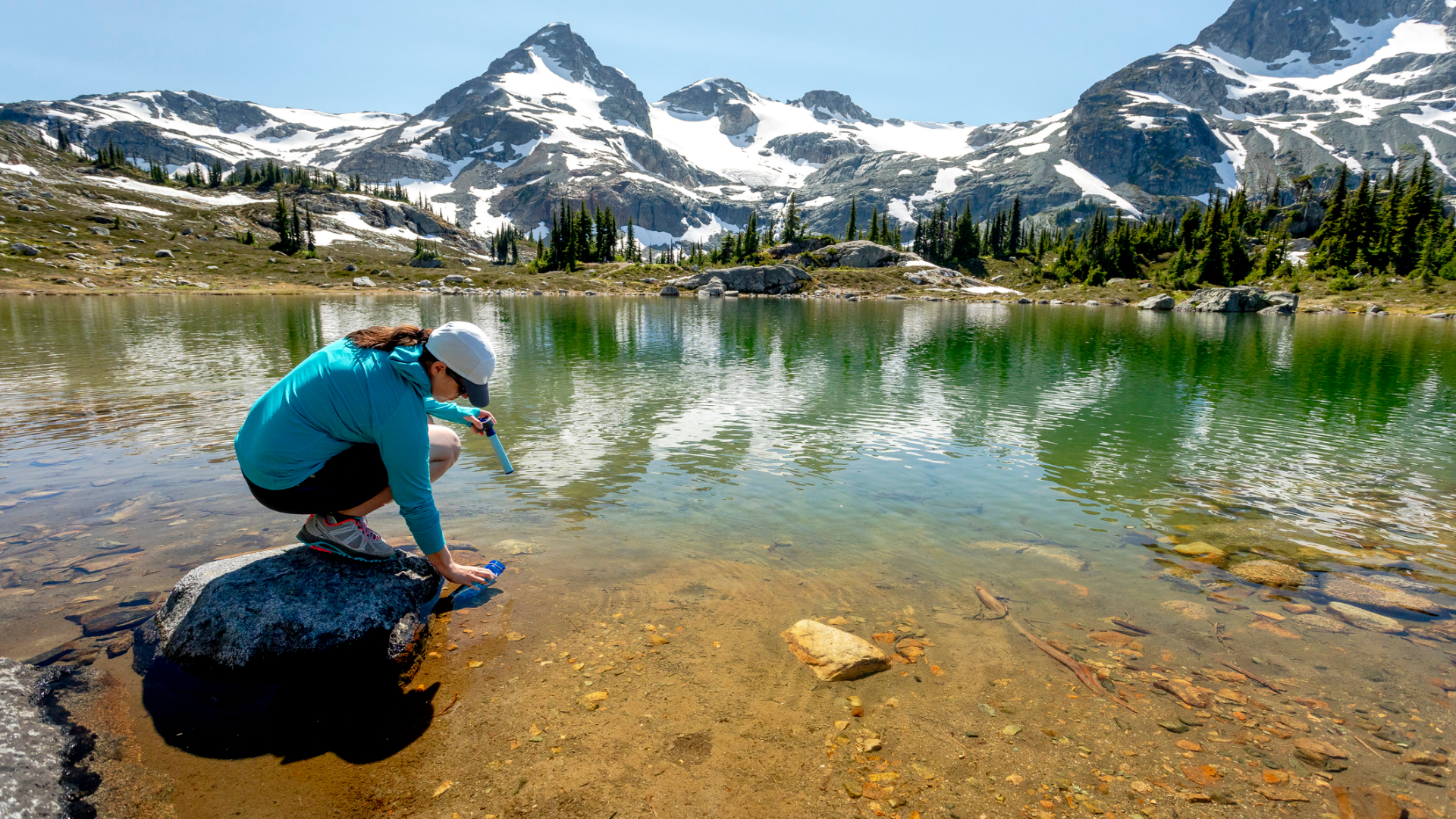
When we’re out adventuring in the wilds, the bodily fluids we lose through exertion and sweat are in constant need of replacing – at a rate, most authorities claim, of around one liter per two hours of hiking. However, getting enough safe, clean drinking water in the system (see our explainer, Water for hiking: how much do you need?) is often far from easy.
This is particularly so when our trails take us deep into the backcountry and replenishing our supplies of H2O requires taking it from wild sources like streams, lakes, creeks, or rivers. While these may look clean, clear, and harmless to the naked eye, within them there may lurk myriad microscopic mayhem-makers that could easily put paid to our plans for a fun, trouble-free trip.
As such, learning how to purify water in the wild – and taking the time to do so – is of the utmost importance for any hiker keen to avoid a trip to hospital or a lengthy spell of time on the crapper. In this guide, we explain how to purify water in the wild in 6 different ways, from old-fashioned boiling right through to high-tech ultraviolet sterilization.
Why purifying water is important
Few things can ruin a hiking or backpacking trip in quite the same way as water-borne bacteria, protozoa, or viruses. The most common of these include:
Giardia and cryptosporidium Protozoa contained in human and animal feces that can cause extreme gastrointestinal illness (vomiting, diarrhea, and cramps). Both are widespread in most rural parts of the world.
Dysentery and amoebic dysentery These are also caused by protozoan parasites contained in human or animal feces. Symptoms include fever, bloody or mucous diarrhea, chills, and abdominal pain or discomfort. For a (slightly graphic) preview of what a few days with amoebic dysentery looks like, check out The Time I Died in Ladakh.
Bacteria The most common water-borne bacterial diseases include shigella, E.Coli, salmonella, campylobacter, all of which can be fatal.
Advnture Newsletter
All the latest inspiration, tips and guides to help you plan your next Advnture!
Viruses Hepatitis A, enterovirus, rotavirus, and norovirus are just a few of the water-borne viruses that might be caught by drinking from wild water sources. None of these are eliminated by water filtration systems, but can be eliminated by UV pens, boiling, and some purification tablets.
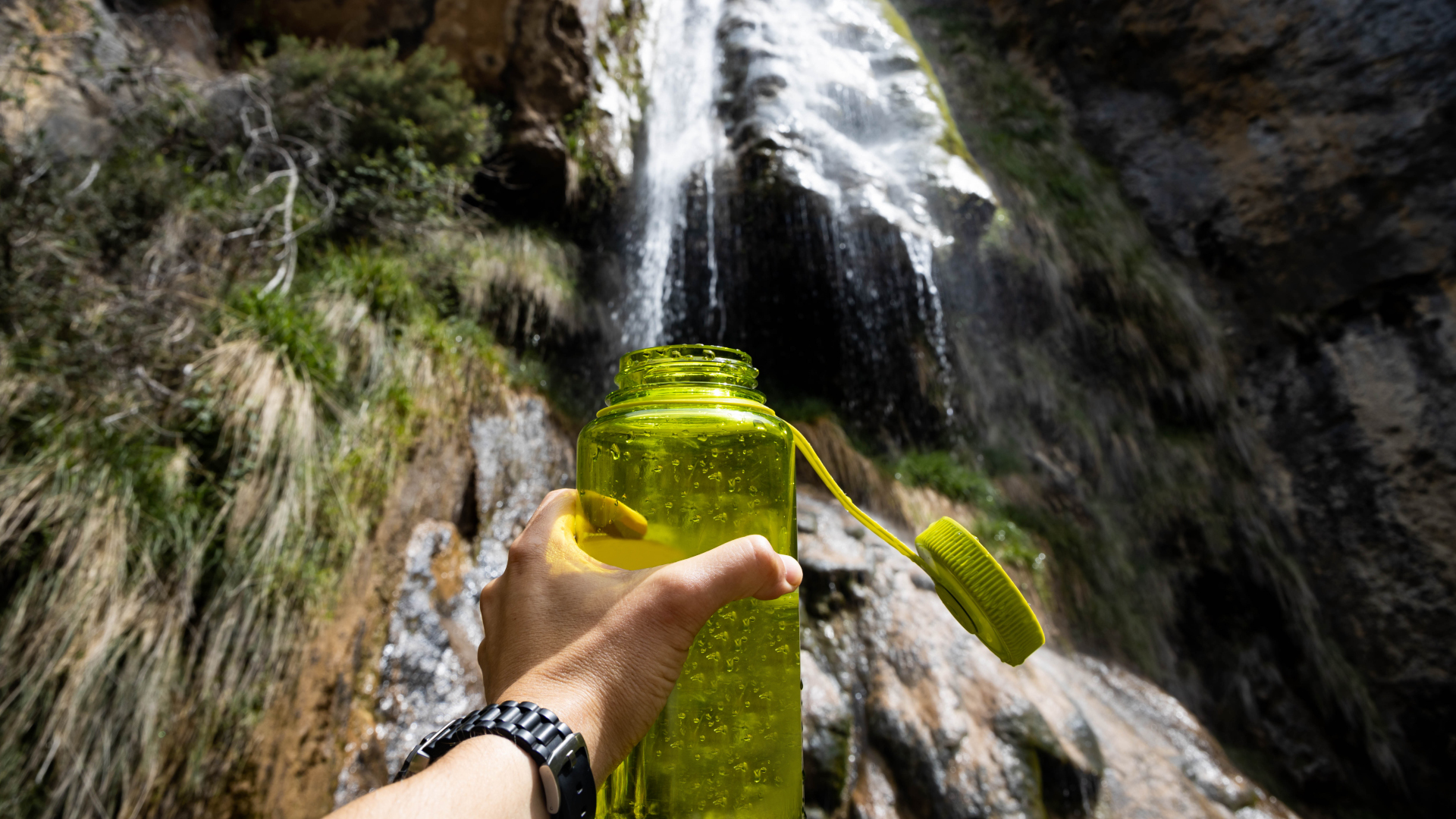
How to purify water in the wild: 6 methods
Boiling
Boiling is one of the safest ways to purify drinking water taken from wild sources. The reason for this is that none of the pathogens commonly found in wild water can withstand temperatures of over 170 °F. Given that water boils at 212 at sea level and at around 200 °F at elevations of roughly 14,000 feet, boiling will safely eliminate any water-borne ill-doers when done properly.
As a general rule, you should aim to have your water on a bubbling, rolling boil for at least 2 minutes to make it safe for drinking. Plus, what's better than a delicious coffee from your hiking flask while exploring the backcountry?
Pros
Eliminates bacteria, protozoa, and even viruses
No separate kit required (if you’re camping)
Cons
You can only process very limited quantities of water at a time
Requires carrying a camping stove of some description
Time-consuming
Fuel consumption
Processed water is hot (ideal for cooking, not so much for drinking)
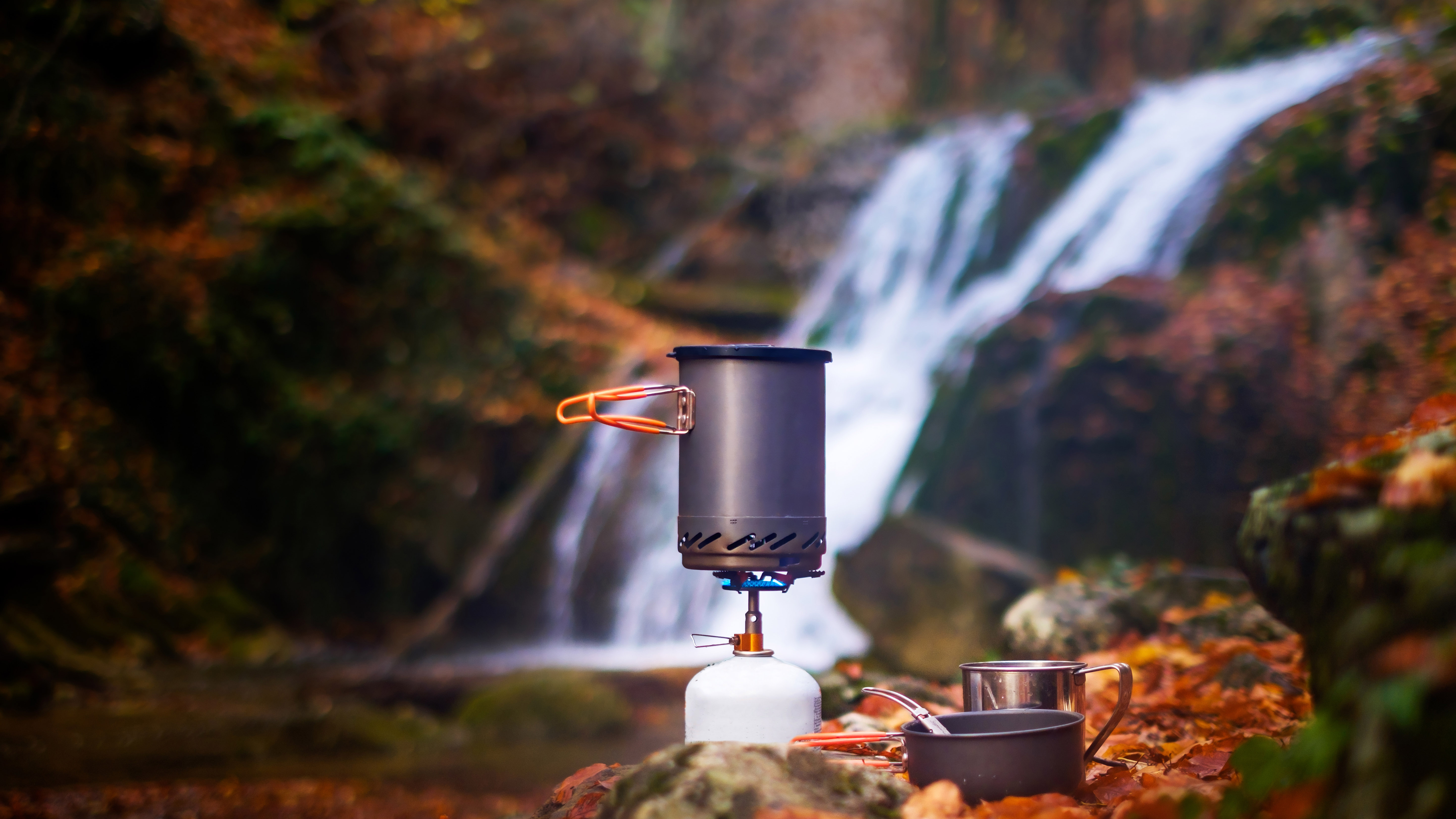
Purification tablets
Chemical purification tablets are generally considered the ideal purification method for gram-counters and hikers or campers trying to keep pack size to a minimum. They weigh next to nothing and a blister pack of ten pills – which will treat up to 10 liters of water – takes up about as much space as your average stick of gum. Just pop them in your water bottle and let the magic begin.
The two most common chemical treatments are Iodine and Chlorine Dioxide. While the majority of tablets can effectively eliminate most microorganisms, bacteria, and viruses, iodine does not eliminate one of the most common water-borne nasties – Cryptosporidium – and both leave your water tasting very funky.
Pros
Lightweight and packable
Easy to use
Cheap
Cons
Doesn’t filter our mud or silt
Leave a funky taste
Necessary to wait at least 30 minutes before drinking
Iodine can pose a health risk to pregnant women and those with thyroid conditions
Ultraviolet light sterilization pens
Ultraviolet light purifiers use UV rays to neutralize bacteria, protozoa, and viruses. Most models are very easy to use – all you need to do is fill your water bottle (see: best hiking water bottles) and then stir the water with your purifier pen for 1-2 minutes, then you’ll have safe-to-drink H2O. The only downside to UV purification is that the pens run on batteries, so you’ll need to keep these charged, and you may have to pre-filter your water to remove sediment.
Our top pick of pens is the SteriPEN Aqua UV Water Purifier.
Pros
Lightweight
Short processing time
Eliminate all pathogens and viruses
Cons
Require batteries
Easy to break
Water might need pre-filtering to remove sediment
Pricey
Sip/squeeze filters
Also known as “straw filters”, these are personal filtration systems that remove bacteria and protozoa via microscopic pores in the filter measuring as little as 0.2 microns. These water purifier devices are lightweight, cheap, and can also be used to drink directly from a water source or attached to your water bottle. At Advnture, the Lifestraw Peak Series Collapsible Squeeze 1L Water Bottle is one of our faves.
On the downside, they do not eliminate viruses and are not an efficient means of processing large quantities of water. For more on these, check out Hydration packs vs water purification.
Pros
Inexpensive
Lightweight and packable
Cons
Don’t eliminate viruses
Cannot process enough water for a group/cooking
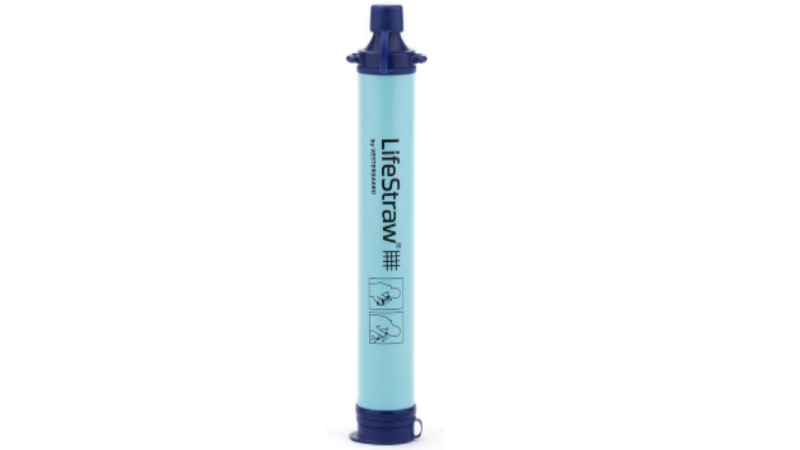
Pump filters
Pump water filters are, essentially, sip/squeeze/straw filters with a pump attached that saves you having to suck the H2O through the filter. As such, they’re a far better option for processing larger quantities of water, which you'll need for filling a decent sized hydration bladder. As with most filters, pump-style models are effective in eliminating bacteria and protozoa, but only a few, high-end models will take care of viruses. The only downsides to pump filters are their lofty RRP, bulkiness, and need for frequent (and fiddly) maintenance.
The Katadyn Hiker Pro Microfilter is our pick of the bunch.
Pros
Quick processing
Removes sediment from the water
Provides clean water immediately
Cons
Relatively pricey
Filters can clog up
Filtering large quantities requires a bit of manual graft
Bulky
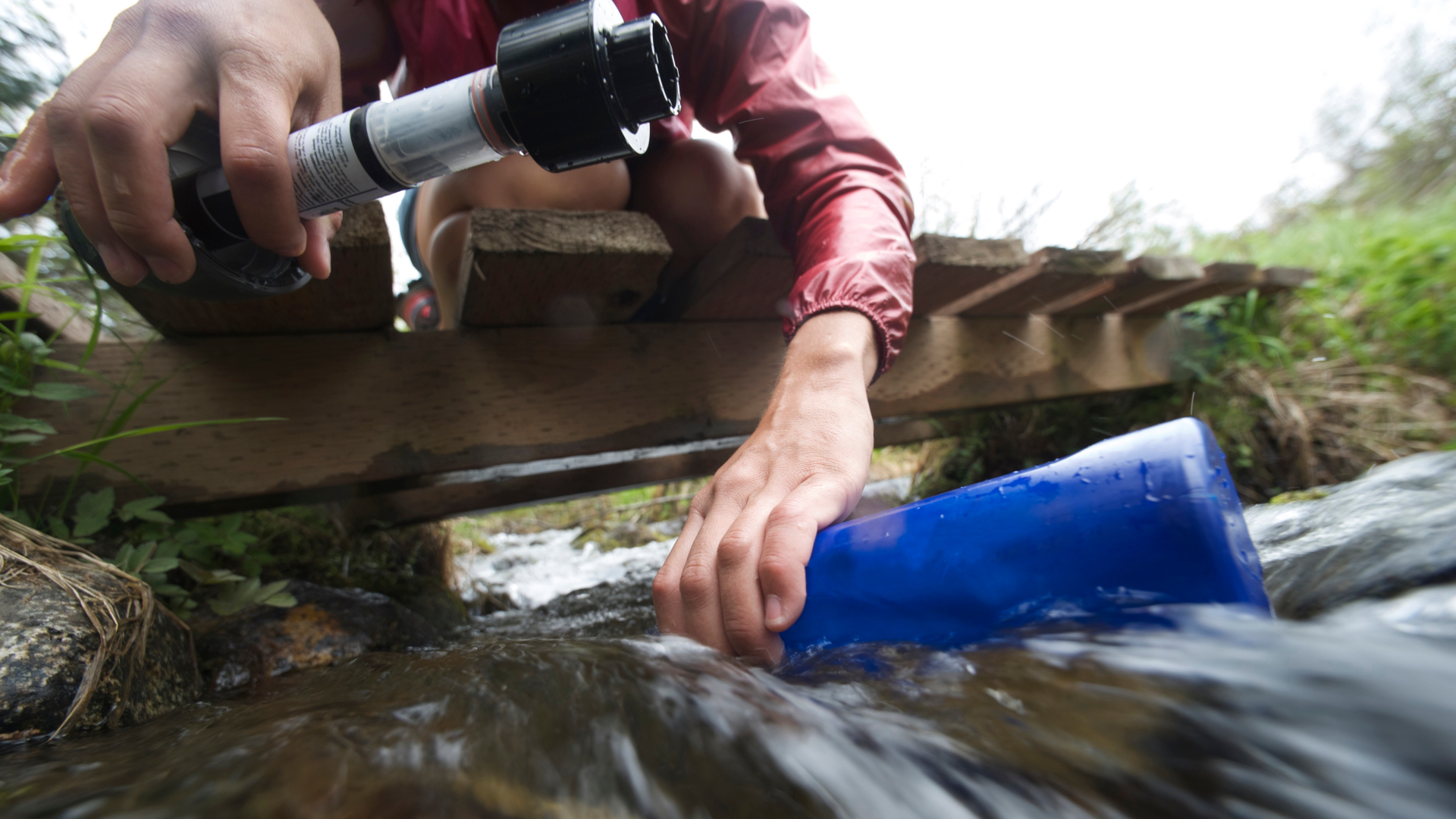
Gravity filters
Gravity filters are the ideal choice when basecamping or camping in large groups. As the name suggests, they work by using gravity to filter water from a large reservoir into a container below. The beauty of these types of filters is that they can process up to a liter of water per minute and allow you to kick back and relax in your camping chair while they do so. On the downside, gravity filters weigh a lot more than UV pens, purification tablets, and straws, and the filters can clog up in a hurry if the reservoir is filled with heavily sedimented water.
Our favorite gravity filter is the Katadyn Gravity Camp 6L Water Filter.
Pros
No pumping or stirring required
Very short wait time
Capable of processing large quantities of water
Cons
Require a tree branch or other support to hand the reservoir from
Quite heavy and bulky
Don’t eliminate viruses
Former Advnture editor Kieran is a climber, mountaineer, and author who divides his time between the Italian Alps, the US, and his native Scotland.
He has climbed a handful of 6000ers in the Himalayas, 4000ers in the Alps, 14ers in the US, and loves nothing more than a good long-distance wander in the wilderness. He climbs when he should be writing, writes when he should be sleeping, has fun always.
Kieran is the author of 'Climbing the Walls', an exploration of the mental health benefits of climbing, mountaineering, and the great outdoors.
